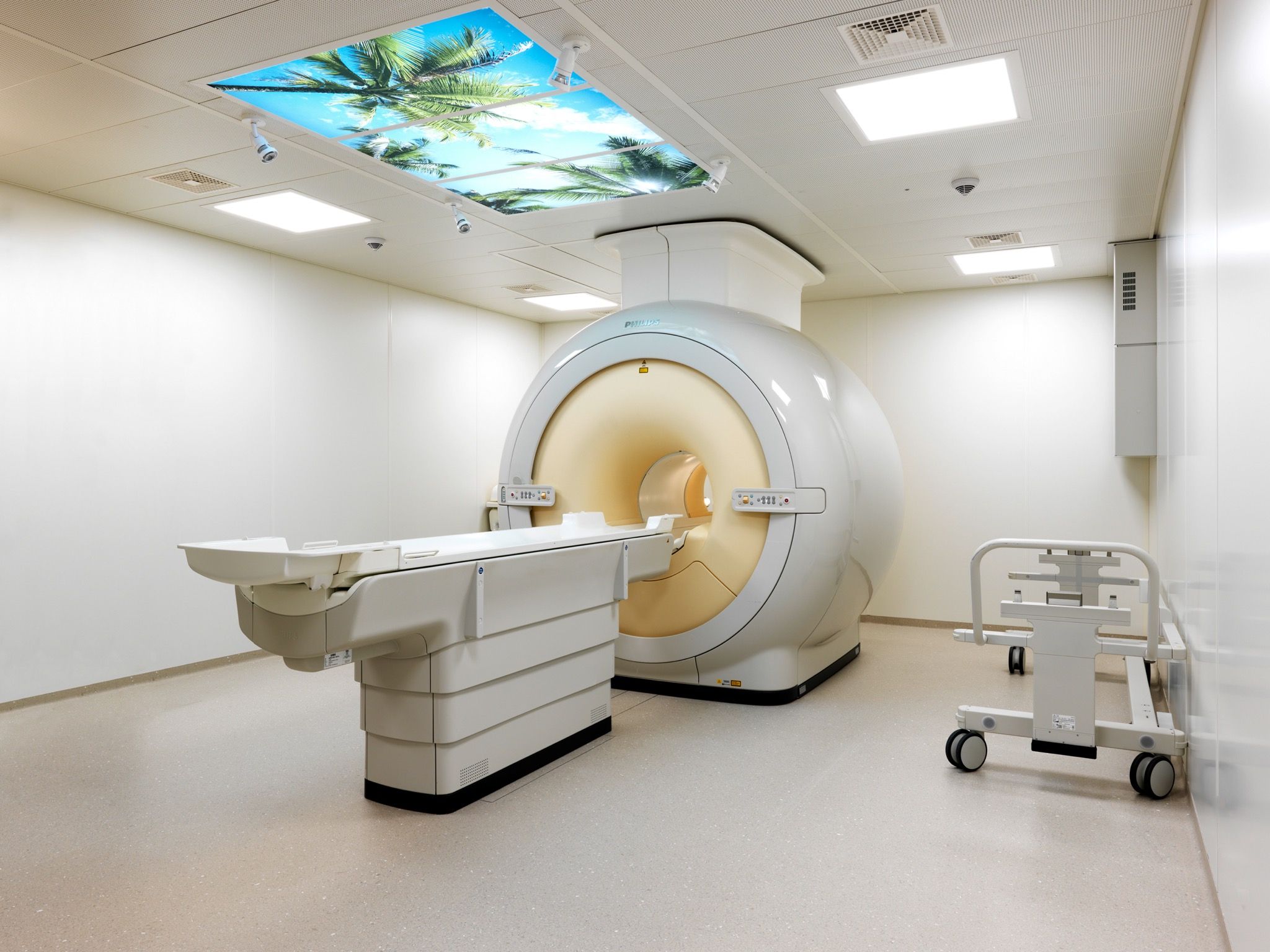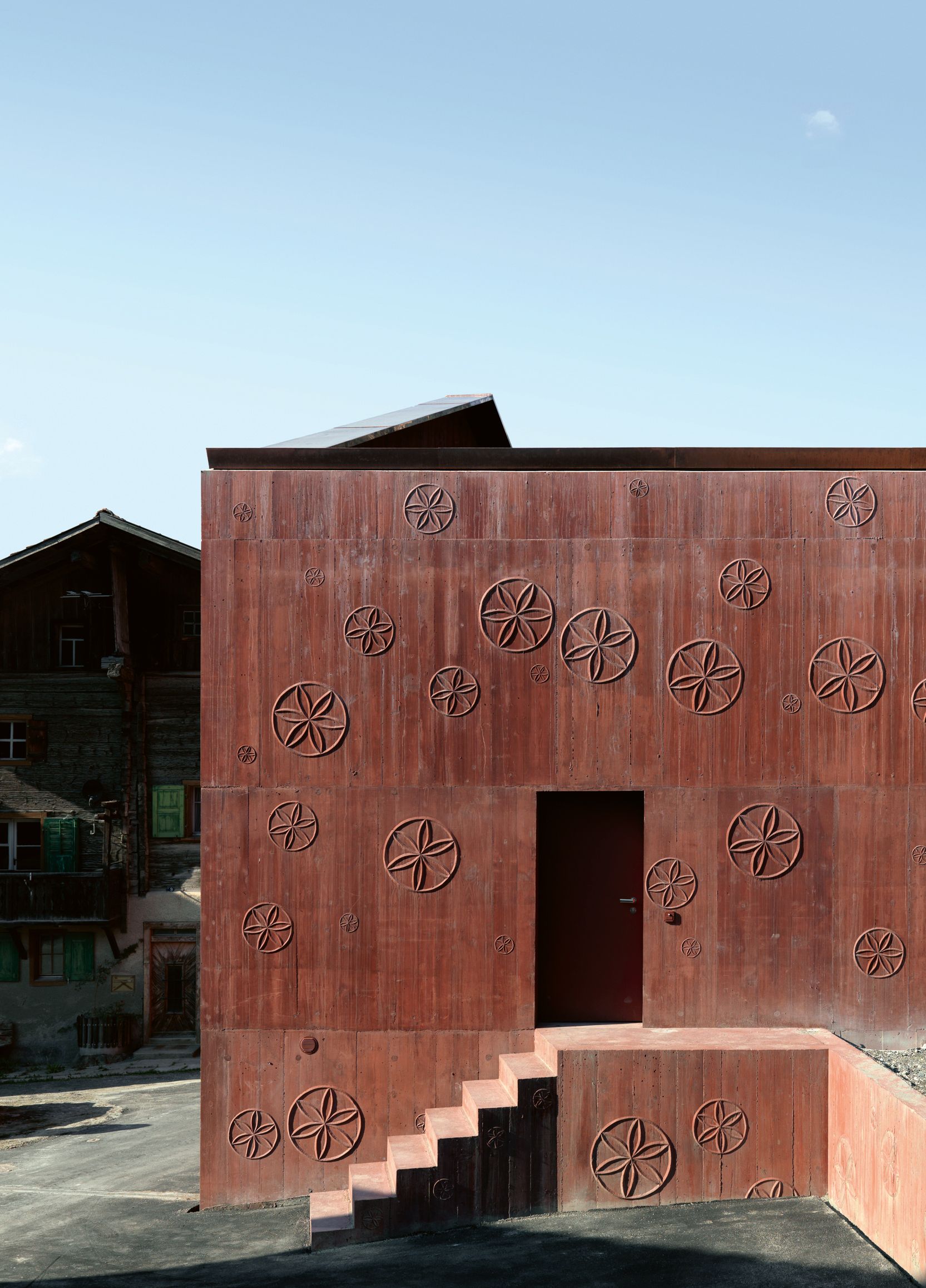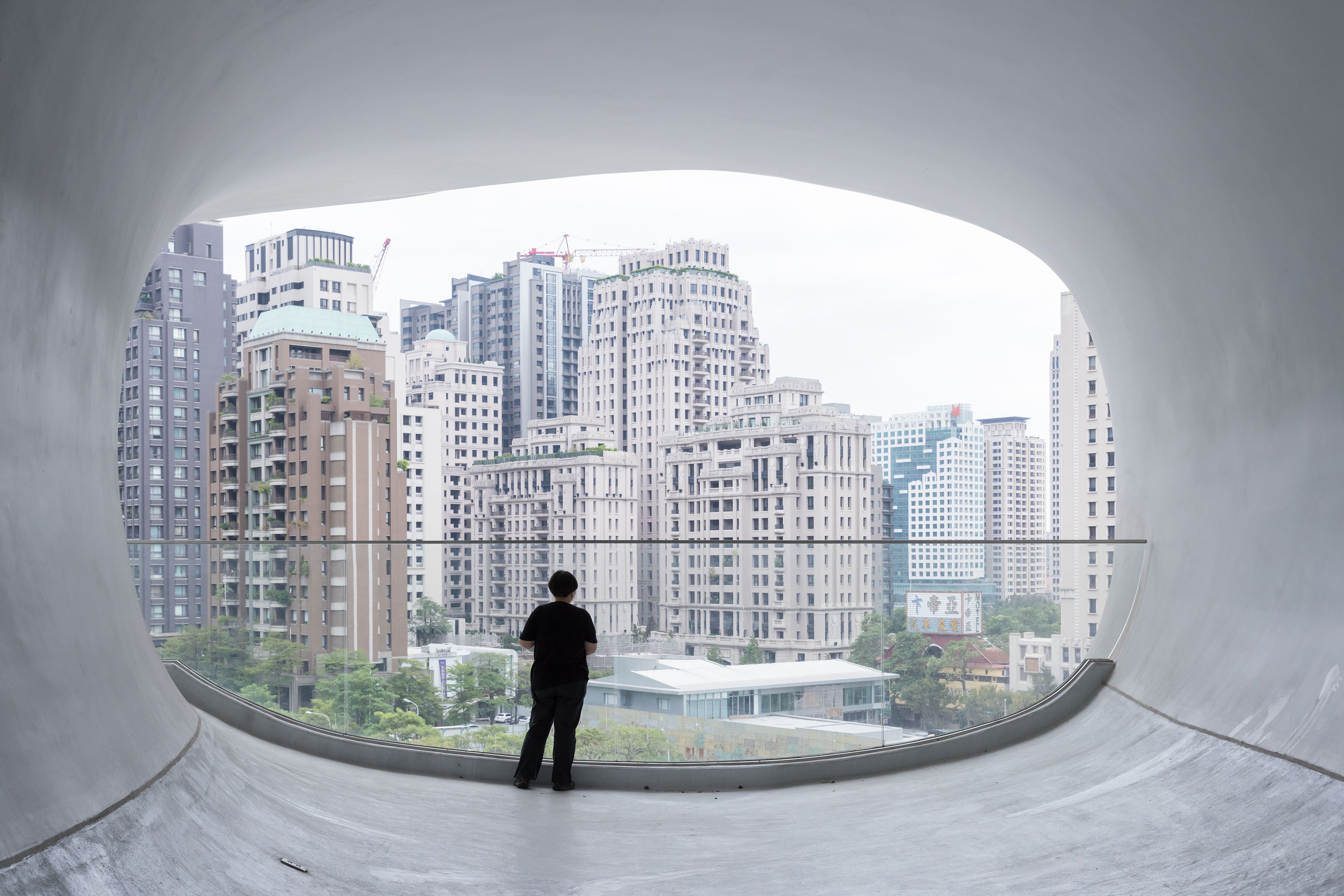CARLO MOLLINO: Polaroids
In today's media landscape, a book review is often a slap on the back. A handshake among colleagues that says, “well done.” But we have never been afraid to offer critique when critique is due. In our print section Berlin Reviews, we've always tried to take the propositions of a book seriously and push them to their extremes.
Archive Berlin Review from our issue #27.

In the 21st issue of 032c, Juergen Teller and Kristen McMenamy guided us on a depraved tour of Casa Carlo Mollino, a masterwork of interior design and one of the eccentric architect’s many private sanctuaries. Carlo Mollino: Polaroids now gives us a look inside Villa Zaira, a chalet nestled in the hills of Turin that Mollino used predominantly as a set for photographing naked women. Discovered by Mollino’s estate in an antique cabinet, this stash of over seven-hundred polaroids taken inside of Villa Zaira from 1960 to 1973 comes across as the libidinal mischief of an aging genius. Yet, upon closer examination, Polaroids reveals itself as a meticulously crafted Gesamtkunstwerk that navigates an aesthetic nexus of architecture, the human body, and painterly form.
Largely known for his architecture and design, Carlo Mollino lived a life driven by the caprice of his numerous interests. His passion for engineering mingled with a lifelong devotion to velocity in the form of aeronautics, skiing, and racecar driving. he was also a photographer, and in 1949 he published a treatise on photography and montage entitled Messagio della Camera Oscura, however, Mollino’s photographic process would later undergo a drastic change. As Mollino scholar Fulvio Ferrari explains: “In 1960, Mollino abandoned his much loved, easily handled Leica, his Rolleiflex, his Plaubel, and everything else in exclusive favor of the Polaroid.” It was during this year that Mollino purchased Villa Zaira and redesigned the first floor into a patchwork of moveable elements that would serve as pedestals for the women he invited to this new retreat.

Over the next thirteen years (until his death in 1973) Mollino produced polaroids in the privacy of Villa Zaira at a prolific rate. They depict his subjects posed in crafted, baroque settings. Taken as a whole, the polaroids have a systematic quality that belies the smuttiness of their content and amateurish medium. The repetition of poses – many of which recall the reclining nudes of classical painting – as well as the carefully assembled compositions of furniture, ornamentation, and drapery, constitute a detailed study in the interplay of form. More than simply an object of lust, the female body appears as an element of photomontage. Limbs are spliced from the torso by the lines of half-discarded garments; wall ornaments appear affixed to heads as jeweled crowns; sun-tanned skin blends with the deep browns of reed mats and polished wooden furniture (designed by Mollino himself). Polaroids is a visual testament of Mollino’s approach to architecture, a document that alludes to the fluidity between the human body and designed form.
It is unknown what Mollino’s ultimate intentions for these polaroids were, whether they were elements in a larger project or keepsakes for his sexual conquests. Like many endeavors in Mollino’s life, they undermine the distinction between hobbyism and professionalism, between wayward passion and scrupulous obsession. Neither artwork nor artifact, Polaroids poses a mystery that refuses an answer. As Mollino himself wrote in Messagio della Camera Oscura, “I believe that the best explanation of one’s work is silent exhibition.”


Carlo Mollino: Polaroids, is published by Damiani (Bologna, 2014).




